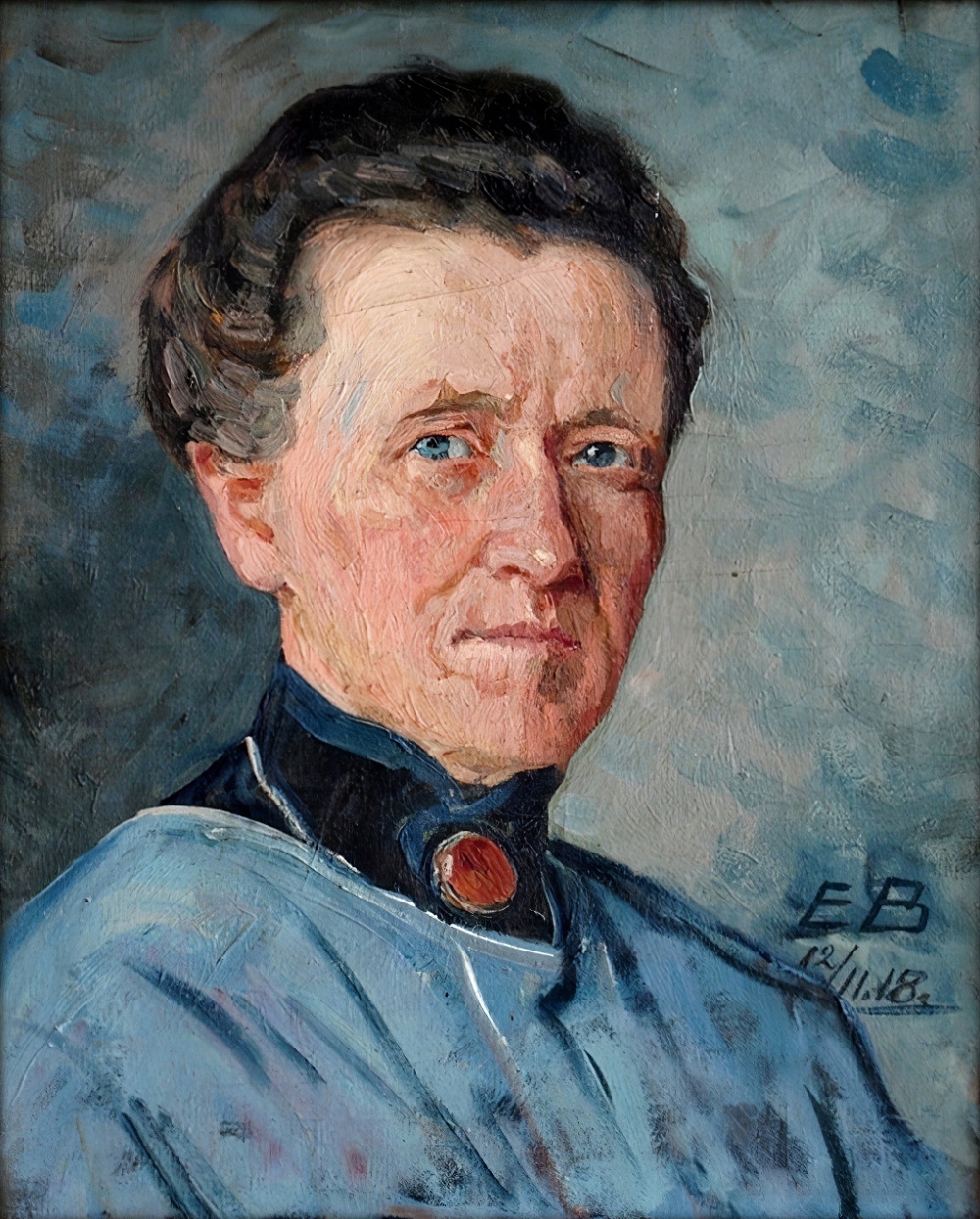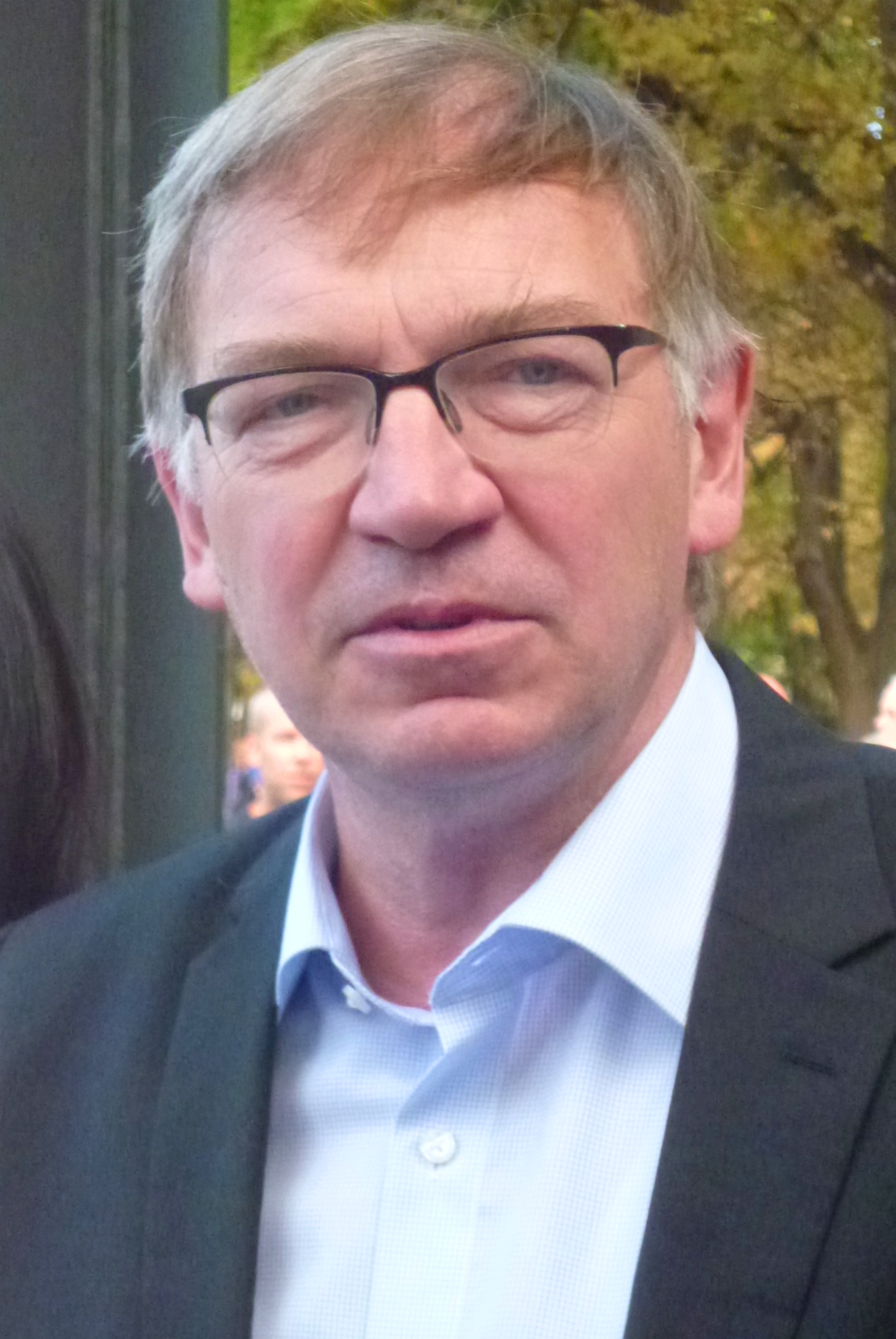1957

Karin Kneffel is one of Europe's most outstanding contemporary artists.


Karin Kneffel is one of Europe's most outstanding contemporary artists.


Karin Kneffel is one of Europe's most outstanding contemporary artists.


Karin Kneffel is one of Europe's most outstanding contemporary artists.


Elisabeth Büchsel, full name Elisabeth Charlotte Helene Emilie Büchsel, was a German artist. She studied painting in Berlin, Dresden, Paris and Munich.
Elisabeth Büchsel painted mainly portraits and landscapes of Rügen and Stralsund. From 1904 she lived and worked on the island of Hiddensee from spring to autumn.
Büchsel was a member of the Association of Visual Artists of Germany.


Hans Meid was a German painter, graphic artist and illustrator.
Meid attended an art and craft school in Karlsruhe, and then at the art academy he became a pupil of impressionist Wilhelm Trübner (1851-1917) and realist Walter Kontz (1872-1947). In 1907 the Meissen porcelain manufactory engaged him as a designer; in 1908 he settled in Berlin as a freelance artist. His success was recognized with the Villa Romana Prize (1910) and membership in the Berlin Secession (1911). In 1919 Meid became a lecturer in printmaking at the University of Fine Arts in Berlin. In 1927 he was elected a full member of the Prussian Academy of Fine Arts, where he also headed the graphic arts workshop.
In the first decades of the twentieth century Hans Meid, together with his close friend Max Slevogt, was one of the leaders of Impressionism. He created an extensive collection of etchings, lithographs and engravings, a large number of illustrations for works of world literature, including Cervantes' Don Quixote, Goethe's Selective Affinity and many others. He designed book covers for 44 publishers (notably Schünemann and S. Fischer). He later added ink drawing, watercolor and oil painting. In 1948 Hans Meid became a lecturer at the State Academy of Fine Arts in Stuttgart, he was also a member of the German Artists' Association.


Hans Meid was a German painter, graphic artist and illustrator.
Meid attended an art and craft school in Karlsruhe, and then at the art academy he became a pupil of impressionist Wilhelm Trübner (1851-1917) and realist Walter Kontz (1872-1947). In 1907 the Meissen porcelain manufactory engaged him as a designer; in 1908 he settled in Berlin as a freelance artist. His success was recognized with the Villa Romana Prize (1910) and membership in the Berlin Secession (1911). In 1919 Meid became a lecturer in printmaking at the University of Fine Arts in Berlin. In 1927 he was elected a full member of the Prussian Academy of Fine Arts, where he also headed the graphic arts workshop.
In the first decades of the twentieth century Hans Meid, together with his close friend Max Slevogt, was one of the leaders of Impressionism. He created an extensive collection of etchings, lithographs and engravings, a large number of illustrations for works of world literature, including Cervantes' Don Quixote, Goethe's Selective Affinity and many others. He designed book covers for 44 publishers (notably Schünemann and S. Fischer). He later added ink drawing, watercolor and oil painting. In 1948 Hans Meid became a lecturer at the State Academy of Fine Arts in Stuttgart, he was also a member of the German Artists' Association.


Hans Meid was a German painter, graphic artist and illustrator.
Meid attended an art and craft school in Karlsruhe, and then at the art academy he became a pupil of impressionist Wilhelm Trübner (1851-1917) and realist Walter Kontz (1872-1947). In 1907 the Meissen porcelain manufactory engaged him as a designer; in 1908 he settled in Berlin as a freelance artist. His success was recognized with the Villa Romana Prize (1910) and membership in the Berlin Secession (1911). In 1919 Meid became a lecturer in printmaking at the University of Fine Arts in Berlin. In 1927 he was elected a full member of the Prussian Academy of Fine Arts, where he also headed the graphic arts workshop.
In the first decades of the twentieth century Hans Meid, together with his close friend Max Slevogt, was one of the leaders of Impressionism. He created an extensive collection of etchings, lithographs and engravings, a large number of illustrations for works of world literature, including Cervantes' Don Quixote, Goethe's Selective Affinity and many others. He designed book covers for 44 publishers (notably Schünemann and S. Fischer). He later added ink drawing, watercolor and oil painting. In 1948 Hans Meid became a lecturer at the State Academy of Fine Arts in Stuttgart, he was also a member of the German Artists' Association.


Stephan Balkenhol is a German artist known for his sculptures capturing the human form. Based in France and Germany, he specializes in wood sculptures, reliefs, drawings, and graphic techniques like lithography, woodcuts, and stencils. His distinct style features roughly carved and vibrantly painted wooden sculptures, often depicting people, animals, and architecture.
Balkenhol's subjects lack emotions, often gazing into emptiness, resulting in a distant and enigmatic aura. Wood is his primary medium, with softer woods allowing precise facial details while maintaining imperfections like chips, knots, and tool marks. The artist adds paint as a finishing touch, accentuating anatomy and vitality. The textured surfaces beneath the paint layer amplify the sense of life in Balkenhol's works.


Stephan Balkenhol is a German artist known for his sculptures capturing the human form. Based in France and Germany, he specializes in wood sculptures, reliefs, drawings, and graphic techniques like lithography, woodcuts, and stencils. His distinct style features roughly carved and vibrantly painted wooden sculptures, often depicting people, animals, and architecture.
Balkenhol's subjects lack emotions, often gazing into emptiness, resulting in a distant and enigmatic aura. Wood is his primary medium, with softer woods allowing precise facial details while maintaining imperfections like chips, knots, and tool marks. The artist adds paint as a finishing touch, accentuating anatomy and vitality. The textured surfaces beneath the paint layer amplify the sense of life in Balkenhol's works.


































































